Maintaining the cylinder heads of a combustion engine is crucial for achieving optimal performance, fuel efficiency, and longevity. However, wear and imperfections can occur over time, affecting engine function.
Cylinder head resurfacing offers a cost-effective solution to address these issues and prevent engine failure. To give you an overview of price estimates, we’ll explore the average costs, considerations for different engine materials, alternative methods, and more in this guide.
Importance of maintaining cylinder heads
The cylinder head is a critical component of any combustion engine, playing a vital role in the engine’s overall performance. It forms the upper part of the combustion chamber, sealing it off and housing various important engine parts such as valves, spark plugs, and fuel injectors.
Proper maintenance of cylinder heads is essential for optimal engine performance, fuel efficiency, and longevity.
The cylinder head’s primary function is to provide a combustion chamber where the air/fuel mixture ignites, creating the necessary power to propel the vehicle. It also houses the valves that control the intake of air and fuel and the expulsion of exhaust gases.
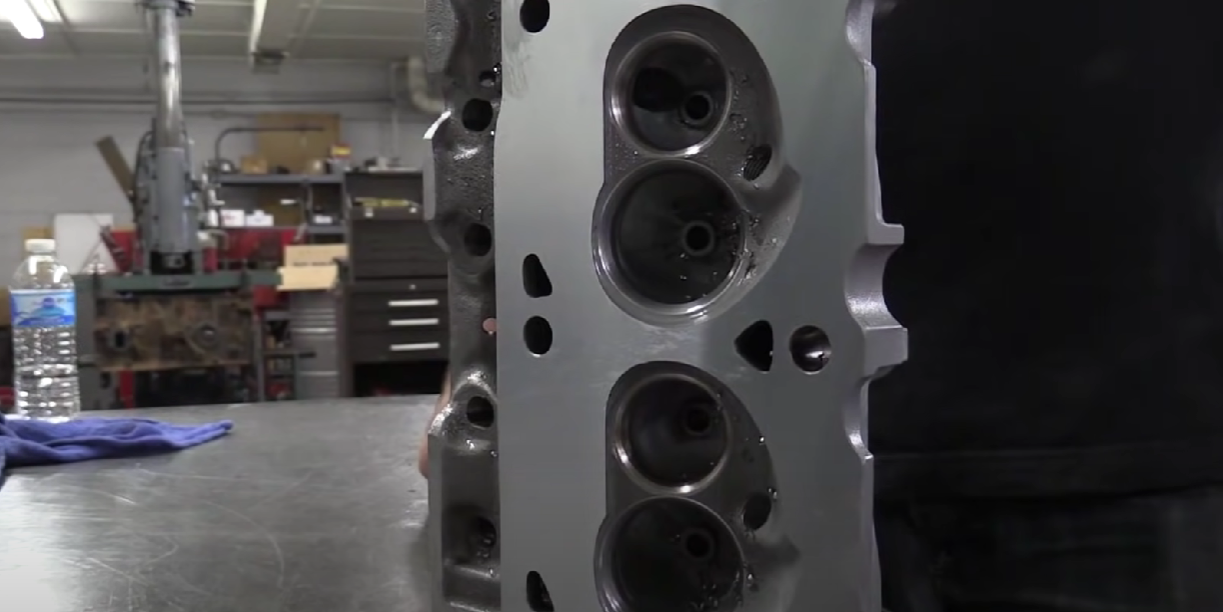
Additionally, the cylinder head assists in heat dissipation by transferring heat from the combustion process to the cooling system.
Cost-effective solution
Over time, cylinder heads can develop imperfections such as warping, pitting, or rough surfaces due to the extreme conditions they are subjected to. These imperfections can cause issues like coolant leaks, loss of compression, and inefficient combustion.
Resurfacing the cylinder heads offers a cost-effective solution to address these problems, preventing engine failure and avoiding the need for complete cylinder head replacement.
Understanding Cylinder Head Resurfacing
The cylinder head plays a crucial role in the engine’s operation. It forms the top of the combustion chamber and provides the seal for efficient combustion.
The valves housed in the cylinder head control the flow of air and fuel into the combustion chamber and the expulsion of exhaust gases. Additionally, the cylinder head assists in heat dissipation by transferring heat from the combustion process to the cooling system.
Common issues leading to the need for resurfacing
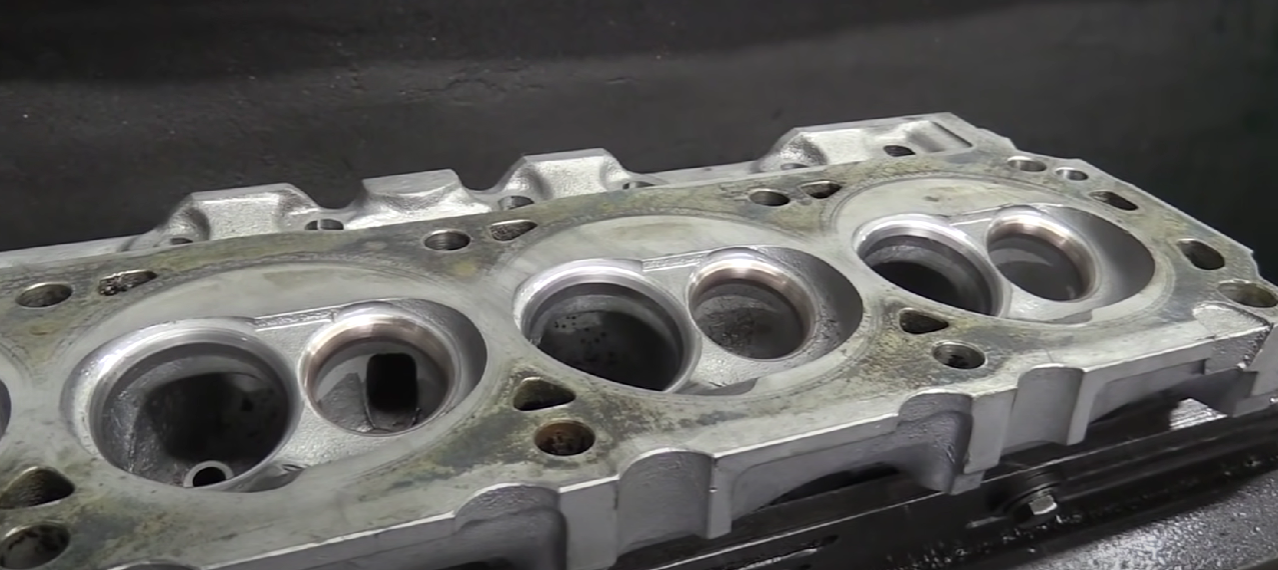
Cylinder heads are exposed to high temperatures and pressures, leading to various issues. These issues include warping caused by overheating, corrosion due to coolant leaks, valve seat recession, and surface damage from detonation or improper maintenance.
Resurfacing the cylinder head addresses these problems by restoring the flatness and smoothness of the surface, ensuring proper sealing and combustion efficiency.
Benefits of resurfacing over cylinder replacement
Resurfacing cylinder heads offer several advantages over replacing them entirely. Firstly, it is a more cost-effective option, as resurfacing requires machining the existing heads, which is generally less expensive than purchasing new ones.
Secondly, resurfacing allows for retaining the original cylinder head, which may have been customized or modified for optimal engine performance. Lastly, resurfacing minimizes engine downtime compared to the time required for sourcing and installing new cylinder heads.
Average Cost of Cylinder Head Resurfacing
When considering the cost of cylinder head resurfacing, labor is typically the primary expense. The complexity of the resurfacing process and the number of cylinders in the engine affect the overall cost. Using specialized machinery, skilled technicians perform the resurfacing, ensuring precision and high-quality results.
Pricing breakdown based on the number of cylinders
The resurfacing cost varies depending on the number of cylinders in the engine. As a general guideline, resurfacing a 4-cylinder engine costs less than a six or 8-cylinder engine.
The increased labor and time required for resurfacing additional cylinders is due to the increased work and time required.

Table 1: Average Cost of Cylinder Head Resurfacing
| Number of Cylinders | Average Cost (Labor) |
| 4 | $200 – $400 |
| 6 | $300 – $600 |
| 8 | $400 – $800 |
Considerations for different engine materials
Different engine materials, such as aluminum or cast iron, require specific techniques and tools for resurfacing. Aluminum heads are more common in modern engines and are generally more expensive to resurface due to the care needed to prevent warping or damage.
Although more forgiving, cast iron heads may require additional machining processes due to their hardness. These factors contribute to the overall cost of resurfacing based on the engine’s material composition.
DIY vs. Professional Resurfacing
For experienced and skilled individuals, DIY cylinder head resurfacing may be feasible for small aluminum heads. However, it is crucial to consider the risks involved, as any mistakes can lead to irreparable damage to the cylinder head or compromise engine performance.
DIY resurfacing requires specialized equipment, such as a milling machine, and precise measurements to ensure proper flatness and surface finish.
Advantages of professional resurfacing, especially for specialized tools
Professional resurfacing offers several advantages over DIY methods. Trained technicians have the necessary expertise and experience to handle various cylinder heads.
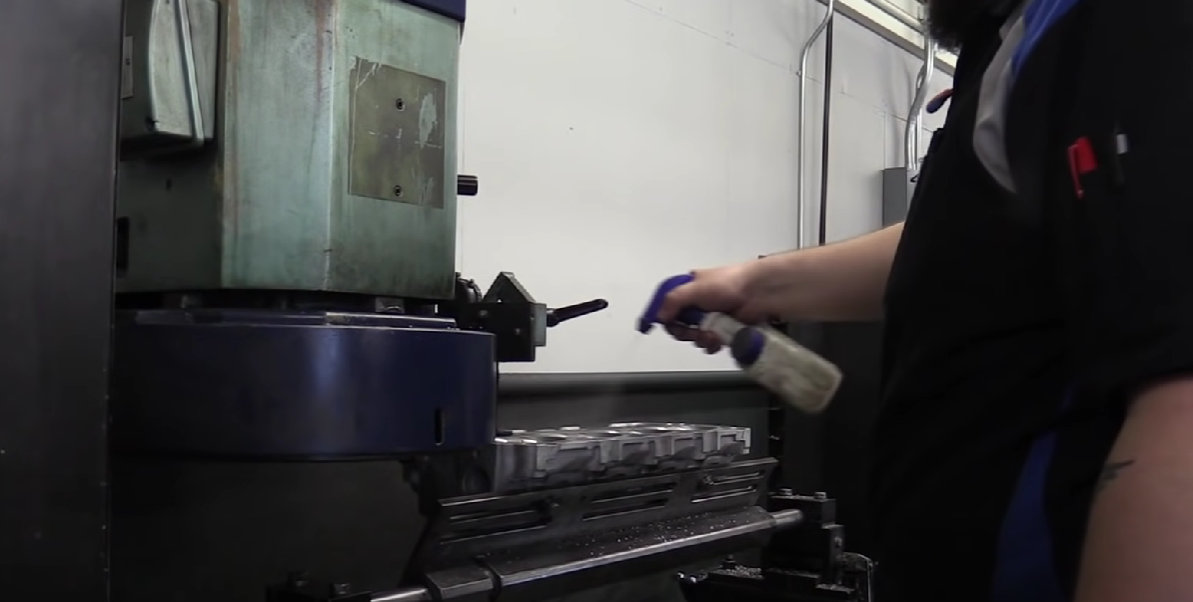
They also have access to specialized tools, such as CNC milling machines, which provide greater precision and accuracy during resurfacing. Additionally, professional services often come with warranties, ensuring customer satisfaction and peace of mind.
Instances requiring professional resurfacing services
While DIY resurfacing may be suitable for certain scenarios, there are instances where professional services are strongly recommended. These include large engines with multiple cylinders, complex cylinder head designs, and engines made from materials that require specialized machining techniques.
Furthermore, if the engine is still under warranty, opting for professional resurfacing ensures compliance with manufacturer guidelines and avoids potential warranty voids.
The Cylinder Head Resurfacing Process
Resurfacing cylinder heads require strict adherence to specifications to achieve optimal results. It includes precise measurements of flatness and surface finish, ensuring that the cylinder head meets gasket sealing and heat dissipation specifications.
Following manufacturer guidelines and specifications is crucial to maintaining engine reliability and performance.
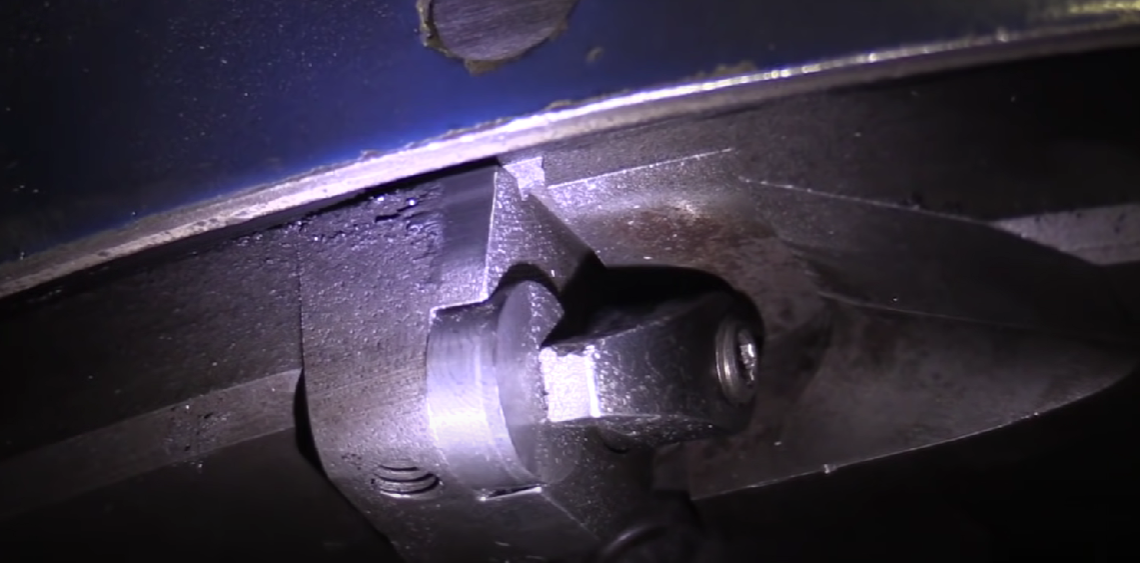
Necessary milling machine and tool requirements
To perform cylinder head resurfacing, you should know that a milling machine is essential. The milling machine removes a thin layer of material from the cylinder head, restoring flatness and removing imperfections.
Specialized cutting tools, such as carbide or high-speed steel cutters, are employed to achieve the desired surface finish. Proper calibration and maintenance of the milling machine and tools are necessary for accurate resurfacing results.
Proper cleaning after resurfacing for long-term durability
After the resurfacing process, thorough cleaning of the cylinder head is vital. It ensures the removal of any metal shavings, debris, or coolant residue that may have accumulated during resurfacing.
A clean cylinder head prevents contamination of the engine oil and coolant systems, contributing to the long-term durability and performance of the engine.
Alternative Methods
Hand sanding: quick but may leave surface depressions
Hand sanding is a manual resurfacing method involving sandpaper or abrasive pads to remove imperfections on the cylinder head surface. While hand sanding can be a quick solution for minor issues, it may achieve a different level of precision and flatness than machine resurfacing.

It also runs the risk of leaving surface depressions or unevenness, which can affect gasket[1] sealing and combustion efficiency.
Belt sanding: less precise and operator-dependent
Belt sanding is another alternative resurfacing method that utilizes a belt sander to remove material from the cylinder head surface. However, belt sanding is less precise than milling machine resurfacing and highly depends on the operator’s skill.
Achieving consistent flatness and surface finish across the entire cylinder head can be challenging, potentially compromising engine performance and reliability.
Recommended usage of alternative methods for specific components
While hand sanding and belt sanding may not be suitable for the entire cylinder head resurfacing process, they can be effective for certain parts.
For example, smaller parts, such as valve covers or intake manifolds, can benefit from hand or belt sanding to remove surface imperfections.
Signs of Cylinder HeadWear
Various factors, including overheating, coolant leaks, improper maintenance, detonation, or poor lubrication, can cause cylinder head wear. Understanding the causes helps identify the root problem and determine if resurfacing is necessary.
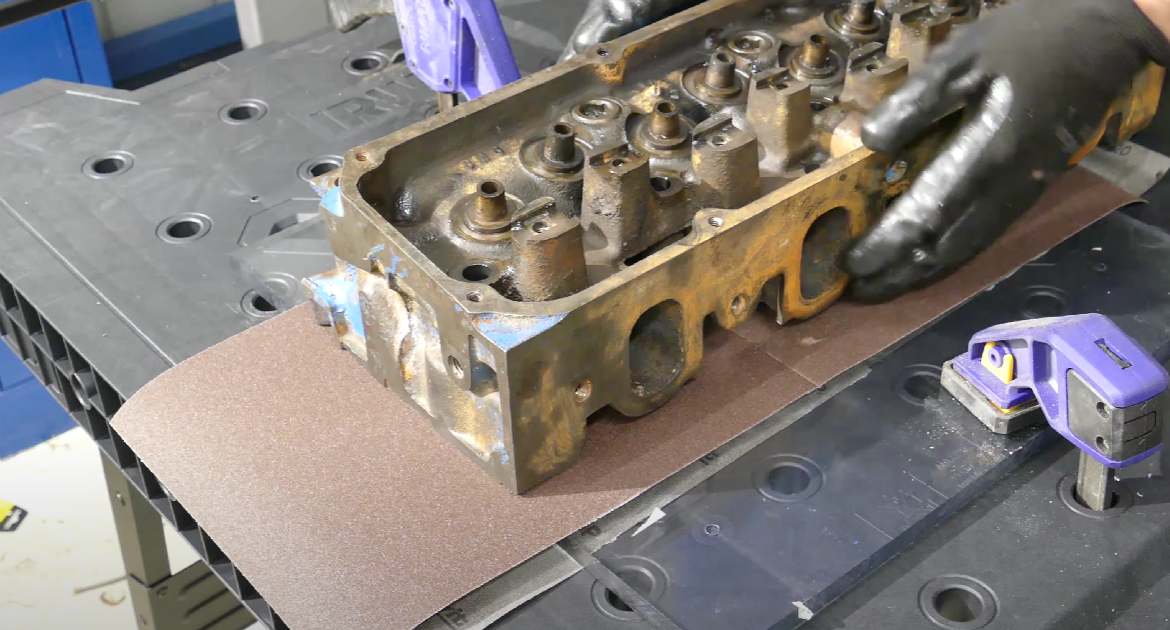
Several symptoms indicate the need for cylinder head resurfacing. These include coolant leaks, loss of compression, rough idle, excessive oil consumption, misfiring, overheating, or white smoke from the exhaust.
If any of these issues are present, it is crucial to have the cylinder heads inspected and resurfaced promptly to prevent further damage and ensure optimal engine performance.
Addressing cylinder head issues is essential to prevent further damage to the engine. Delaying resurfacing or ignoring symptoms can lead to more severe problems, such as warped cylinder heads, damaged gaskets, or even engine failure.
Prompt action can save costs by avoiding more extensive repairs or needing cylinder head replacement.
Emphasizing the importance of well-maintained cylinder heads
Well-maintained cylinder heads are essential for optimal engine performance, fuel efficiency, and longevity. Regular inspection and addressing any issues contribute to the overall reliability and durability of the engine.
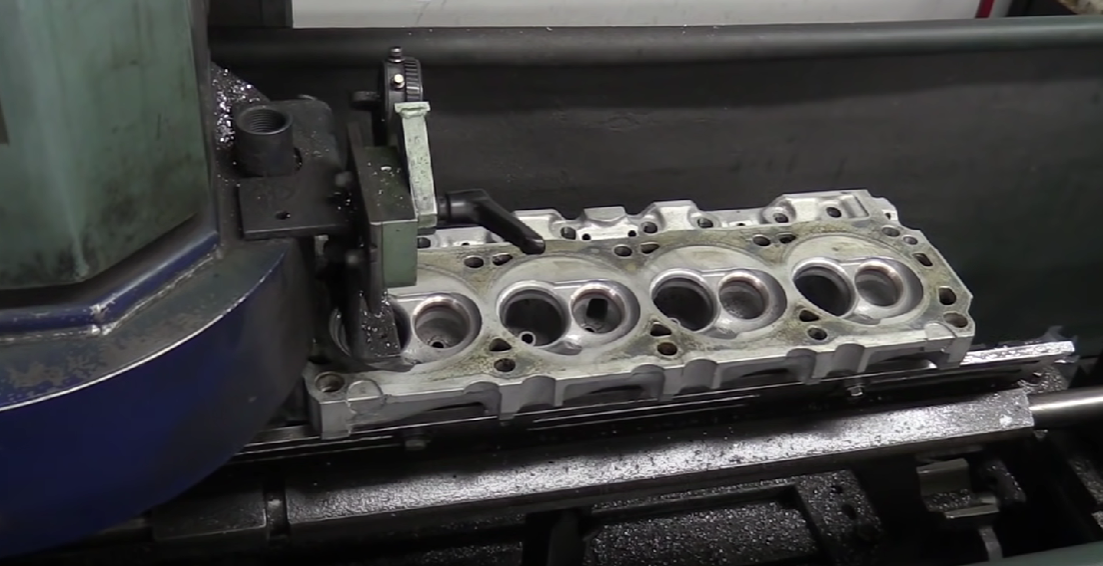
Cost-effective benefits of resurfacing for optimal engine performance
Cylinder head resurfacing offers a cost-effective solution to address common issues, providing a renewed surface that promotes proper gasket sealing, heat dissipation, and combustion efficiency.
Conclusion
Promptly addressing cylinder head issues through resurfacing is crucial for the long-term durability and performance of the engine.
By recognizing signs of wear, taking appropriate action, and engaging professional services when needed, enthusiasts and vehicle owners can ensure their engines operate at their best and avoid costly repairs or replacements in the future.

